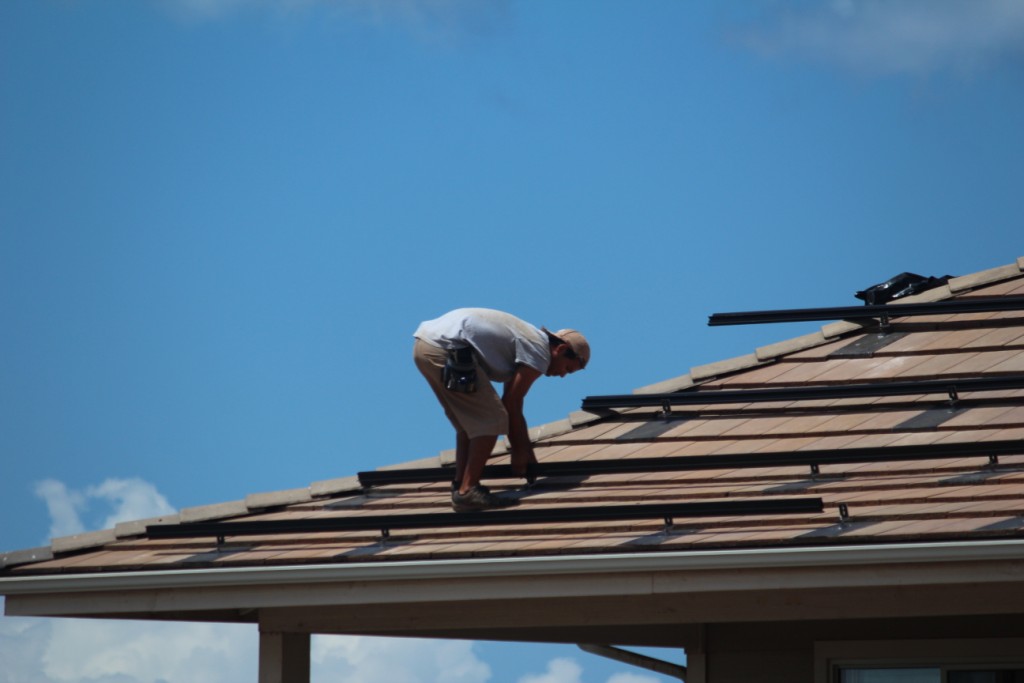Your roof can be a very dangerous place. Whether you’re cleaning the gutters, checking for damaged shingles, or repairing your roof, it’s imperative to take precautions to ensure your safety. The number of workers that fall off residential roofs each year are staggering…and these are people who are familiar with being up there. Let’s take a look at some of the dangers and explore some ideas for staying safe.
Fatalities
One method to gauge the relative danger of being up on your roof is to look at the statistics in the residential construction industry. According to the Bureau of Labor Statistics, one third of all occupational fatalities in the construction industry were from falls. And according to a study by The Center for Construction Research and Training, one third of all fall related construction fatalities from 1992-2009 were from roofs. So without getting into the specific numbers, let’s just say there’s a huge number of deaths occurring because people are falling from roofs.
Factors to Consider Before Walking on a Roof
There are three major factors to consider before going up on a roof. First, what type of material is on the roof? Is the surface covered with asphalt shingles, standing seam metal, or other? Why is this important? The roofing material type will affect the friction between the soles of your shoes and the surface. The condition of the material will tell you if there is a chance for it to fail or become loose while you are up there. An old crumbling asphalt shingle roof can easily cause you to lose your footing and fall.
The second major factor to consider when deciding whether to go up on a roof is the weather. Moisture from dew or rain can cause a roof surface to get very slippery. It probably goes without saying that a windy, icy or stormy days are not the best time to get up on your roof. The third major factor for consideration before going up on your roof is the exposure. A steep slope or extremely high roof over a walkout basement are dangers to avoid.
Tips for Inspecting Your Roof
If your primary objective is to get a good visual of your roof to inspect it, it may be possible to get a good look from a ladder. Another option is to use binoculars from the ground. Here are a few other tips to consider…
- Slate Roof – Never walk on a slate roof.
- Tile Roof – Step on the lower middle edge of each tile. If you step elsewhere, you increase the chance of damaging the roof.
- Microbial Growth – Growth of any kind on a roof can cause it to become very slippery. Do you see green stuff up there? Then stay off.
- Tree Debris – Leaves, pine needles, twigs…etc, can create potential dangers for those walking a roof surface.
If you’re not comfortable with heights or have never been up on a roof, you may want to seriously consider hiring a professional. Most roofers are trained to navigate the potential dangers and have the proper safety equipment. Be sure to check with your homeowner’s insurance carrier prior to letting anyone go up on your existing roof. The company will have recommendations to protect you in the event of an accident. And if you are building a new home, be sure to check out our previous article, Building Safety.


